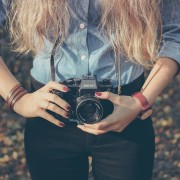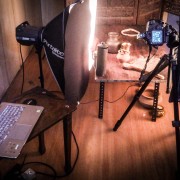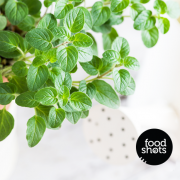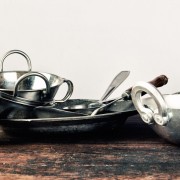10 quick revisions before editorial food photo shoot
The food photo shoot is tomorrow. Just to check, revise the following –
The essence of setting is to enhance the visual of the food. But if the former is too grand or glittering, we doubt you will achieve the main purpose. Plates with basic and contrasting colors are the key.
Although, it might not be feasible in all cases. But, do try to retain the charm of natural light wherever possible. For that, you may shift the set next to a large window. And a white curtain would be an added advantage as it ‘ll disperse the light.
Note: Avoid, using flash if there is a lack of natural light. It will only contribute to those unnecessary sparkling spots.
One of the biggest drawbacks of not having natural light is those yellow or blue casts that make food look synthetic. If nothing then the white balance would come to this rescue. Adjust it for a flawless pic.
When there’s a scarcity of light, dim atmosphere, and long exposures say in eateries would make the image blur even with the slightest movement. Making the use of a tripod is the best solution. If you are still to buy it, rest the camera on a water glass or the back of a chair.
The more options the more choices and a greater probability to pick the best image. So, click all the angles you think could work wonders. And, choose the best.
Come closer to the subject, as much closer as possible. Make use of the macro setting if your camera features it. Let the entire frame be brimmed with food so that the while viewing, the feel of tasting it is evoked.
May you get more astounding pictures taken during the process of food preparation. So, capture every stage.
Food spreads its freshness via images. Its condition says it all. Be active. Get things done faster. Otherwise Cold meat and de-moisturized vegetables can’t please anybody be it visually or tastewise.
A few details can wipe out all your efforts. Inspect the edges of the dishes and clean all the visible stains. Of course, little but notable efforts like usage of sauces and garnishing would also help in shadowing those undesirable details.
Just as you follow the instincts of experimenting with this angle or that angle; also follow the obvious instinct that certain dishes and angles can’t give appetizing pictures.





